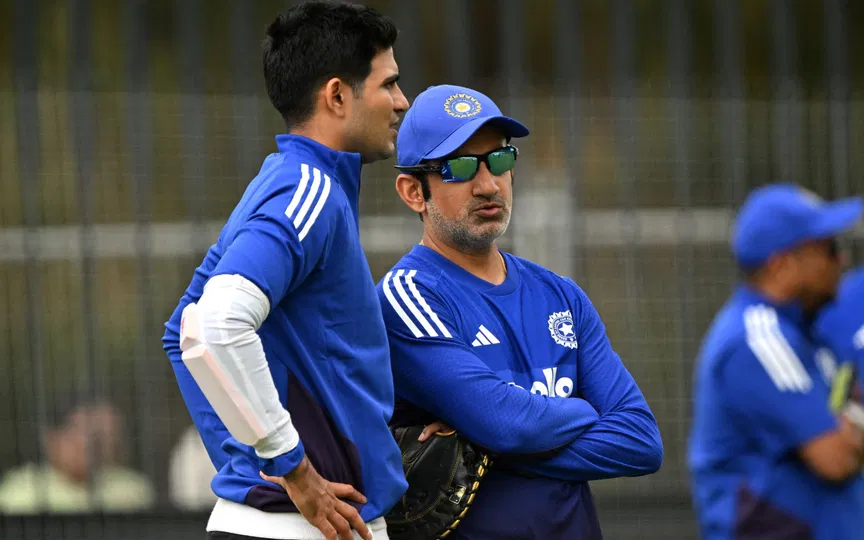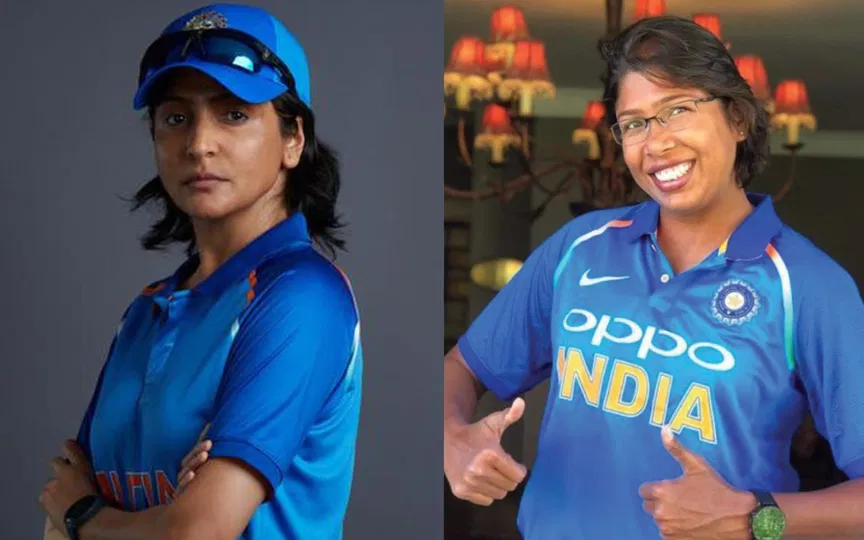.jpg?type=hq) Gautam Gambhir vs Rahul Dravid's coaching manual (Source: AFP)
Gautam Gambhir vs Rahul Dravid's coaching manual (Source: AFP)
The preparations are in full swing for the defending champions, India, as they get ready for the much-anticipated T20 World Cup 2026.
Notably, the Indian cricket team's dominance in the shortest format of the game under the current head coach, Gautam Gambhir, has been commendable. Taking the reins after the previous coach, Rahul Dravid, in July 2024, GG has made some bold decisions.
These selections and verdicts have forced fans and experts alike to draw comparisons between the 2 coaches. Before India put together their final T20 World Cup 2026 squad.
Starting with Dravid's discipline: India's evolution in T20
When Rahul Dravid took charge of India’s T20 side in late 2021, the team was seeking a modern identity after an early exit from the 2022 T20 World Cup. His approach, often talked about by former India captain Rohit Sharma, was calm, structured, and process-driven. This was built around clarity of roles, tactical planning, and a shift towards fearless cricket.
Working closely with Sharma, Dravid consciously reshaped India’s T20 batting philosophy. He encouraged aggression from the top order and adaptability across situations. A shift was clearly seen when India opened with Rohit and Suryakumar Yadav in power plays during the 2022 season, prioritizing quick starts over cautious anchoring.
The results followed, culminating in the T20 World Cup 2024 triumph, India’s first in 17 years. Dravid’s era was marked by discipline, trust in young talent, and a dressing room environment that promoted freedom within structure.
Gambhir's gallantry leading the way to another T20 domination
With Gautam Gambhir’s appointment in mid-2024, India’s T20 culture entered a new phase. Gambhir’s methods mirror his own playing style, intense, passionate, and unapologetically result-oriented.
While Dravid emphasized patience and planning, Gambhir has brought urgency and aggression, focusing on winning every contest with intent. His selections have been bold, often favouring in-form domestic players over established stars, and his emphasis on fitness and accountability has set new standards within the Indian setup.
Notably, under Gambhir, India plays with clear aggression — attacking while batting and bowling, fielding with high energy, and staying intense throughout the game. Still, much of this progress comes from the solid base and planning that Dravid had already built.
In essence, Dravid laid the groundwork for a fearless, well-drilled Indian T20 side. Meanwhile, Gambhir has infused aggression and emotion.
Rahul Dravid vs Gautam Gambhir (Till Nov. 2025): Comparison in T20Is as head coach
| Categories | Rahul Dravid (2021–2024) | Gautam Gambhir (July 2024-present) |
| Matches | 80 | 29 |
| Matches Won | 59 | 23 |
| Matches Lost | 17 | 3 |
| Tied | 2 | 2 |
| No Result (NR) | 2 | 1 |
| Win %age | 73.75% | 79.31% |
Gambhir’s balancing act ahead of 2026 T20 World Cup
After the Asia Cup 2025 triumph, as India prepares to defend the crown on home soil alongside Sri Lanka, Gambhir’s biggest challenge will be to blend aggression with composure. This will require maintaining India’s fearless new identity without compromising the discipline that brought success under Dravid.
Gambhir’s biggest task will be to create a leadership and experience gap, given the absence of Rohit Sharma and Virat Kohli. While trusting the youngsters will be crucial, finding the right role for players like Yashasvi Jaiswal, Shubman Gill, and Sanju Samson is another vital box to fill.
Given that the 2026 T20 World Cup will be co-hosted by India and Sri Lanka, spin will play a massive role. Selecting the right mix between wrist-spinners and finger-spinners will test Gambhir’s tactical instincts. With the underutilisation of certain talents like Kuldeep Yadav, he’ll also need clarity on whom to back.
With a pool of explosive youngsters and seasoned leaders in the mix, the Men in Blue look poised for another deep run. But they will need to strike the perfect balance between flair and focus.

.jpg)
.jpg?type=mq)
 (1).jpg?type=mq)
.jpg?type=mq)

